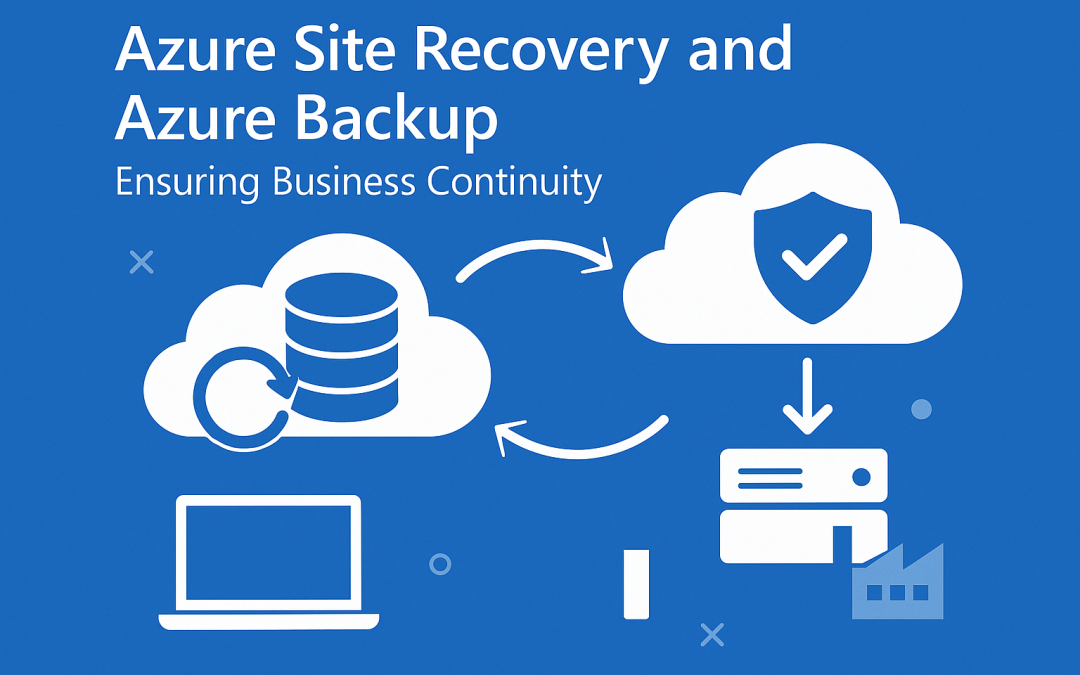Quick and Easy .NET Framework Installation on Windows.

Explore More; Enable Multiple Sessions on Windows Server 2022 via Command Line
Installing .NET Framework on your Windows machine or Windows VPS can resolve errors like “0x800f0954” that may occur while installing applications. By ensuring that the necessary software and packages are installed, you can ensure that your machine is equipped to run the applications you need without encountering these errors.
Install .Net Framework on Windows
Installing the .NET Framework on Windows is simple and straightforward, thanks to the built-in features of both Windows 10 and 11.
Open Windows Features:
- Go to the Search section.
- Type “Turn Windows features on or off” and select the result.
Enable .NET Framework 3.5:
- In the Windows Features window, find “.NET Framework 3.5 (includes .NET 2.0 and 3.0).”
- Check the box next to this option.
- Click the OK button.
Download and Install:
- In the new window, select the “Let Windows Update download the files for you” option.
- Wait for the download and installation process to complete. This may take some time.
Verify Installation:
- Once the installation is done, close the window.
- Return to the Windows Features window.
- Ensure the box next to “.NET Framework 3.5 (includes .NET 2.0 and 3.0)” is now checked.
Update .NET Framework on Windows 10
How to Repair .NET Framework?
If the .NET Framework has run into troubles on your Windows machine, there are three ways to repair it:
Method 1: Using the .NET Framework Repair Tool
- Download the tool:
- Go to Microsoft’s official website and download the .NET Framework repair tool.
- Run the tool:
- Run the downloaded .exe file.
- Follow instructions:
- Follow the on-screen instructions provided by the tool to diagnose and fix issues.
Method 2: Using Command Prompt or PowerShell
- Open cmd as administrator:
- Open Command Prompt (cmd) as an administrator.
2. Check health:
- Run the command:
DISM /Online /Cleanup-Image /CheckHealthto check the health of your Windows image.
- Run the command:
3. Restore health:
- If there are any issues, run the command:
DISM /Online /Cleanup-Image /RestoreHealthto solve them.
- If there are any issues, run the command:
4. Run System File Checker:
- After the DISM process is complete, run the System File Checker tool with the command:
sfc /scannow. - The tool will scan, detect, and fix any issues or corrupted files.
- After the DISM process is complete, run the System File Checker tool with the command:
Method 3: Using Windows Features
- Open Windows Features:
- Refer to the “How to Install .NET Framework on Windows” section.
2. Check the box:
- Go to Windows Features and check the box for the .NET Framework version you need to enable and repair.
3. Complete the process:
- Follow the instructions provided earlier in the section to complete the repair.
install .NET Framework on Windows 7
To install the .NET Framework on Windows 7, follow these steps:
- Open Windows Features:
- Go to the Start menu.
- Search for “Turn Windows features on or off” and select it. This will open the “Windows Features” window.
- Enable .NET Framework 3.5.1:
- In the “Windows Features” window, find “Microsoft .NET Framework 3.5.1.”
- Click on the box next to it to check it.
- Complete the installation:
- Click on OK to finish the proces
Uninstall .NET Framework?
Like repairing the .NET Framework, there are three ways to uninstall it on Windows:
First method: Uninstall .NET Framework through the Control Panel
You can uninstall .NET Framework from Windows 10 or 11 through the Windows Features in the Control Panel.
Step one: Type the “Windows Features” phrase in the search bar and select “Turn Windows Features on or off”.
Step two: In the Windows Features window, the “.NET Framework 3.5 (includes .NET 2.0 and 3.0)” and “.NET Framework 4.8 Advanced Services” are usually the first and second ones on the list. Uncheck the boxes behind each option you want to uninstall or disable.
Step three: Click OK to confirm and restart your computer.
Second method: Uninstall .NET Framework using Command Prompt
This method requires coding knowledge and is a suitable choice for advanced users and a hard one for newbies.
Step one: Open the command prompt or PowerShell as administrator.
Step two: Run the command below to uninstall the .NET Framework:
DISM /Online /Disable-Feature /FeatureName:NetFx3 /Remove
If you want to uninstall .NET Framework 4.x, run this command:
DISM /Online /Disable-Feature /FeatureName:NetFx4
Step three: Restart your computer for the effects to take place.
Third Method: Uninstall .NET Framework using Third-Party Tools
You can use third-party tools to manage installed features and programs, including the .NET Framework. Tools such as “Revo Uninstaller” or “IObit Uninstaller” offer more control over uninstalling software and can often remove stubborn programs that the standard Windows uninstaller cannot handle.
Install .NET Framework 3.5 (includes .NET 2.0 and 3.0) in Windows 10 offline?
You need the Windows Installation Media to install .NET Framework 3.5 (includes .NET 2.0 and 3.0) in Windows 10 offline if your Windows is licensed.
Step One: Insert the Windows Installation Media. If you don’t have Windows Installation Media DVD, you can download it with another device and create a bootable USB drive or mount it directly
Step two: Open the Command Prompt (cmd) or Powershell as administrator.
Step three: Run the following command to install .NET Framework 3.5 on Windows:
dism /online /enable-feature /featurename:NetFx3 /All /Source:D:\sources\sxs /
If your installation drive’s letter is different than D, replace it in the command with “D” in ” /Source:D:\ “.
Step four: Wait for the installation process to complete. Then, you will see a message indicating the completion of the installation. Now, go to the “Windows Features> Turn Windows Features on or off” and Make sure to check the box behind the “.NET Framework 3.5 (includes .NET 2.0 and 3.0)” option.
Explore More;



